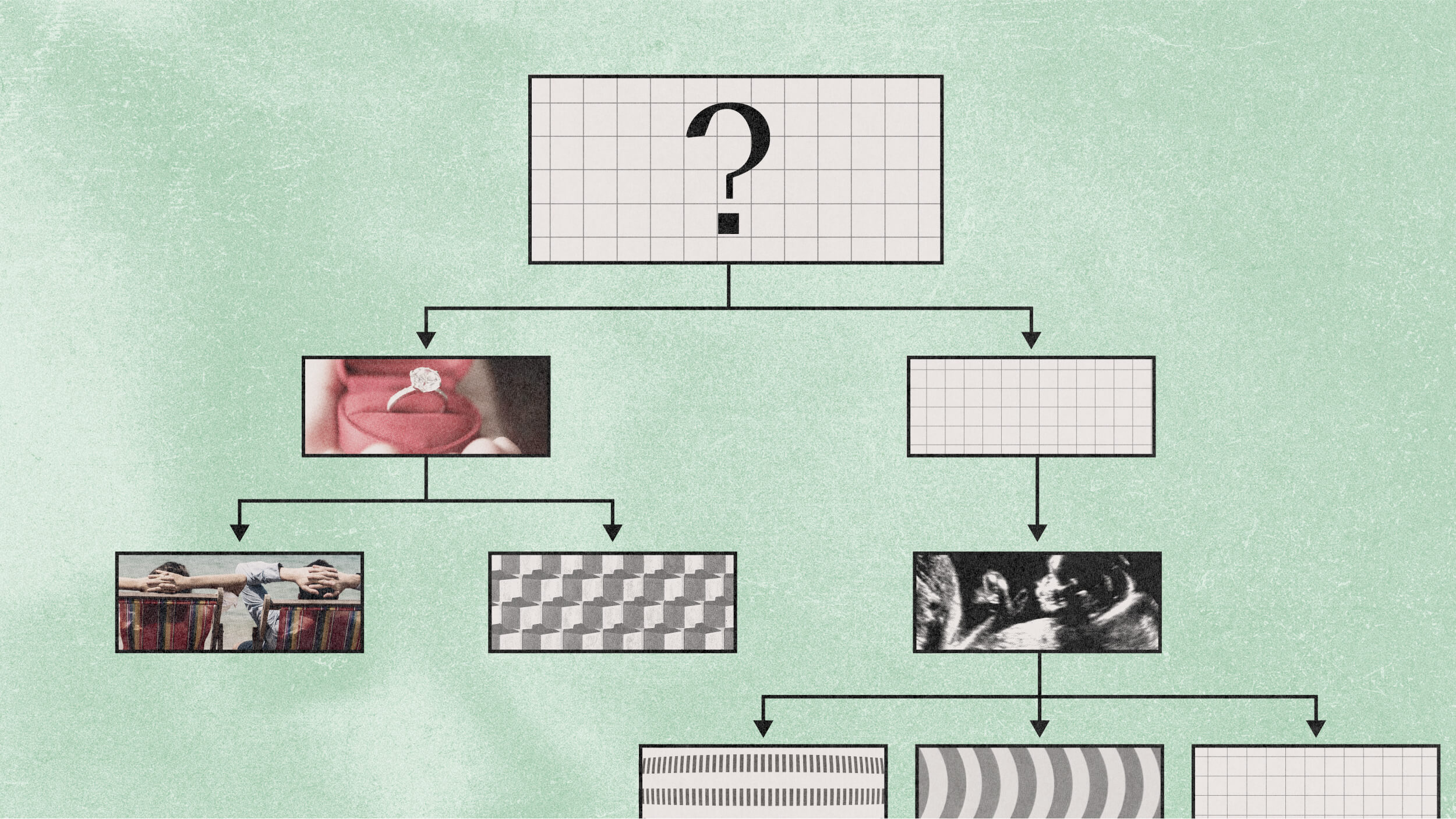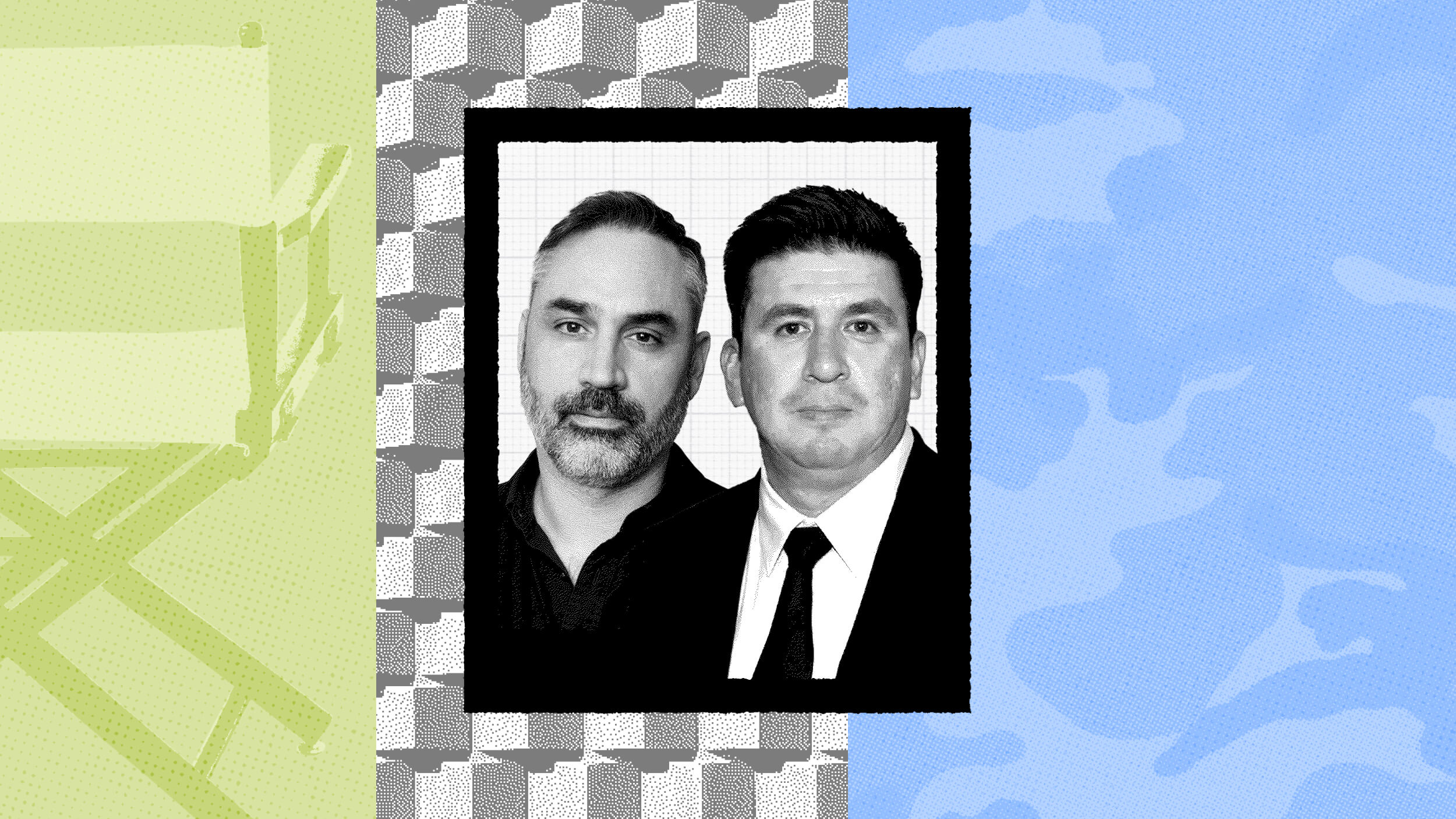Roberto Diaz, former first chair of the National Symphony Orchestra, explains how exactly you go about bringing 80 to 100 musicians together in one synchronized, improvisational team.
Roberto Diaz: Leadership, of course, first and foremost, is about interrelationships with people. Certainly as a leader of an institution, being able to read people’s emotional needs or body language on any given situation is incredibly important.
As principle violist of the National Symphony in Washington or in the Philadelphia Orchestra, managing a section of twelve unbelievably talented and accomplished viola players and how this section related, not only to the rest of the stringed section but to the orchestra; and being, in a sense, the representative of the viola section in front of the music director, and when you add to that the fact that, on any given moment in a concert, the conductor may ask for something that’s a little bit different than what was rehearsed, how do you translate a gesture into leading a group musically in a certain direction?
So there are all sorts of unrehearsed, unstudied, unplanned decisions, and you do it with body language and you do it with emotional connection to the folks around you, and I think that all of those qualities that one has to develop and those skills that one has to develop come in extremely handy - with faculty, with board members, with staff, with students, with parents, with friends, with volunteers and the outside world, in representing the institution to the outside world.
Being able to read people’s emotions and people’s body language is something that, certainly, you have to develop these skills. There’s no question about it. Otherwise you miss tremendous opportunities and you probably have to spend a fair amount of time doing some repairs or damage control for things that could have been easily avoided.
Directed / Produced by
Jonathan Fowler & Elizabeth Rodd





